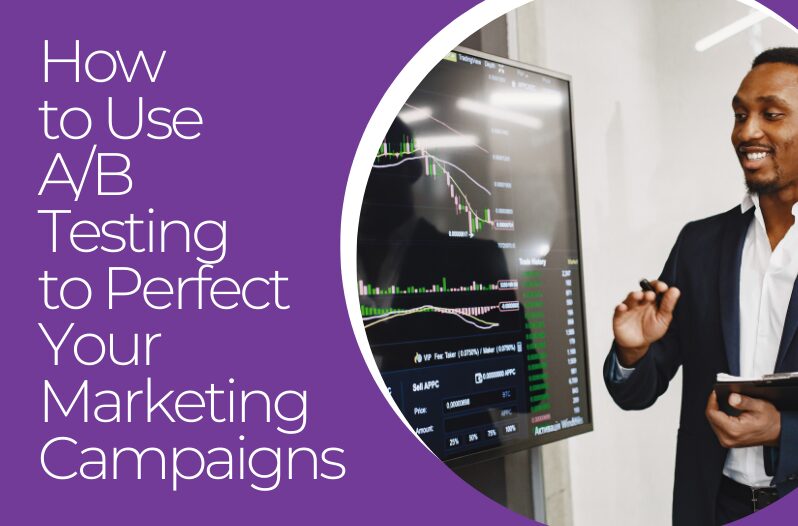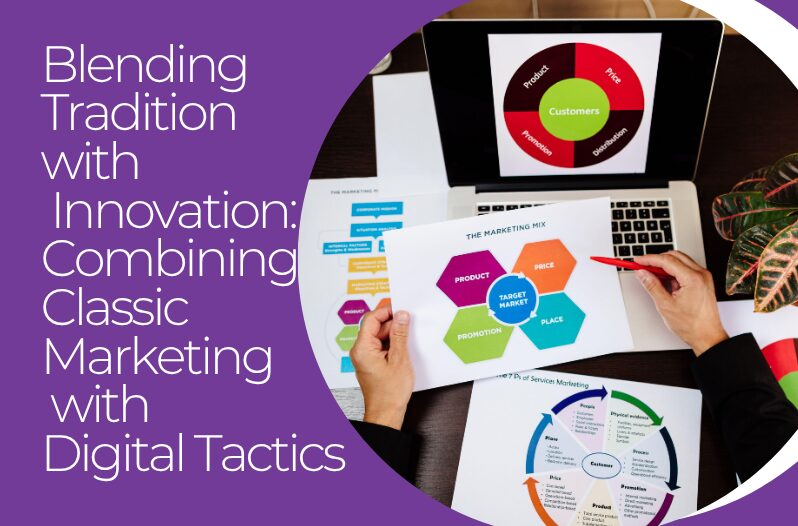A/B testing, also known as split testing, is a powerful strategy for optimising marketing campaigns. By comparing two or more versions of a marketing element—such as an email, landing page, or advertisement—marketers can determine which version performs better and drives desired outcomes.
A/B testing involves creating two versions (A and B) of a marketing component and exposing them to different segments of your audience. The goal is to measure the impact of variations in design, content, or calls to action (CTAs) on user behaviour, such as click-through rates, conversions, or engagement.
Popular keywords related to A/B testing include “data-driven marketing,” “conversion rate optimisation,” “split testing tools,” and “user experience testing.” By focusing on these aspects, marketers can refine their campaigns to meet audience needs effectively.
Main Steps for Effective A/B Testing
Defining Clear Goals
Clear objectives are crucial for effective A/B testing, as they ensure the results are relevant and conclusive. To achieve this, focus on identifying key performance indicators (KPIs) such as click-through rates, form submissions, or sales.
Choosing the Right Elements to Test
Testing too many variables at once can complicate data analysis, while testing only one element at a time may prolong the process. Common elements to test include headlines, CTAs, images, layouts, and pricing structures.
Sample Size and Audience Segmentation
A small or unrepresentative sample can lead to skewed results. To avoid this, use a statistically significant sample and ensure both groups are demographically similar.
Test Duration
Running a test too briefly can lead to inconclusive data, while an overly long test may delay campaign rollouts. To ensure reliable results, run tests for an appropriate duration, typically a few weeks based on traffic volume.
Analysing Results
Proper analysis is essential for data-driven decision-making. Tools like Google Optimize, Optimizely, and Adobe Target can help simplify data interpretation.
Challenges in A/B Testing
- Statistical Errors: Insufficient sample sizes or misinterpretation of data can lead to incorrect conclusions.
- Bias in Testing :Preconceived assumptions can influence test design and interpretation.
- Resource Constraints: Smaller teams may struggle to allocate time and tools for thorough A/B testing.
- Confounding Variables: External factors such as seasonality or market trends can affect test outcomes.
Tips for Success
Start Small: Test one variable at a time to isolate its impact.
Document Everything: Record hypotheses, methodologies, and results for future reference.
Iterate Continuously: Use insights from one test to inform the next, creating a cycle of continuous improvement.
Focus on User Experience: Ensure that tested variations prioritise user needs and preferences.
Involve Stakeholders: Engage team members across departments for diverse perspectives on testing strategies.
A/B testing allows marketers to make informed decisions, enhancing ROI and aligning campaigns with customer expectations. By leveraging data-driven insights, businesses can reduce risks, optimise resource allocation, and improve overall marketing effectiveness.
However, success requires a commitment to meticulous planning, execution, and analysis. Although challenges such as limited resources or competing priorities may arise, the long-term benefits of A/B testing outweigh the initial difficulties.
A/B testing is not just a technical exercise but a strategic tool for achieving marketing excellence. By understanding the tradeoffs, addressing hurdles, and applying best practices, marketers can unlock new levels of performance for their campaigns. Whether you are optimising email subject lines or redesigning a website, A/B testing provides a roadmap to data-driven success—ultimately leading to more satisfied customers.





